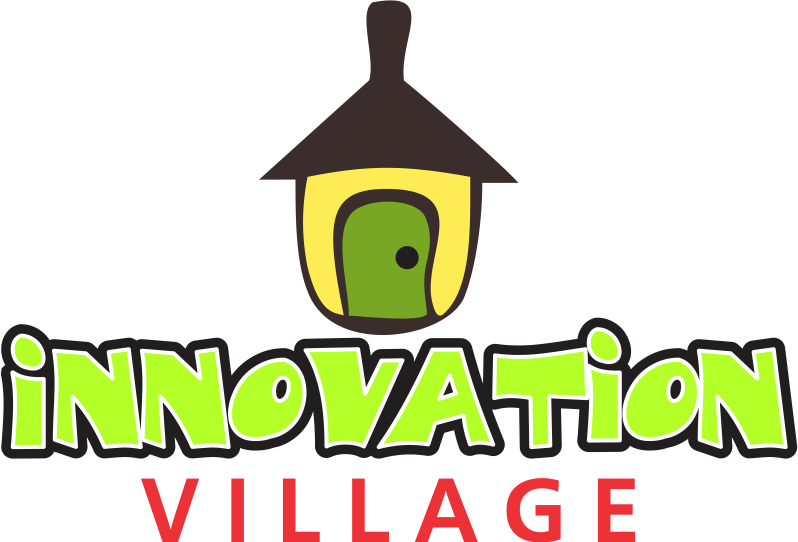Every time you tap your phone to order food, check your bank balance, or refresh your feed, something invisible happens. You trigger a conversation between the frontend and the backend, and they communicate through a language called an API.
In the early days of the web, the frontend and backend were often combined into a single, monolithic structure. Today, however, the architecture is more flexible and efficient, connected by APIs, which are clean interfaces that allow different parts of your application to communicate with each other across various platforms, time zones, and technology stacks.
If you’re building software in 2025, understanding this isn’t just a technical curiosity; it’s essential knowledge. Let’s break it down.
Understanding Frontend and Backend: A Quick Overview
Quick recap — in case you haven’t read our guide on the Difference Between Frontend and Backend Development:
- Frontend refers to everything the user interacts with directly, including the interface, buttons, layout, and animations.
- Backend encompasses the elements that users don’t see, including the logic, databases, authentication, and core functionalities.
The frontend operates within the browser or mobile device, while the backend runs on a server.
For meaningful actions to take place, such as logging in, booking a ride, or purchasing a product, the frontend must request the backend to perform specific tasks, and then the backend must respond.
This interaction is facilitated by APIs (Application Programming Interfaces).
So, What’s an API in This Context?
An API is a structured set of rules that enables communication between two software systems.
To illustrate, think of it like a waiter in a restaurant:
- You (the frontend) place an order → API
- The kitchen (the backend) prepares your meal → API
- You receive your food → API response
You don’t need to know how the kitchen operates; you simply want your burger. The API facilitates this process, ensuring it is fast, consistent, and secure, without giving the frontend direct access to the backend’s internal systems.
How Modern Apps Are Built Around APIs
Here is what a typical modern app architecture looks like:
Frontend (React / Vue / Flutter)
⇅
API Layer (REST / GraphQL)
⇅
Backend (Node.js / Django / Ruby on Rails)
⇅
Database (PostgreSQL / MongoDB / Firebase)
When a user signs up, the frontend sends a POST request via the API to the backend. The backend then:
- Validates the data
- Creates a user in the database
- Sends a success message back via the API
The frontend subsequently updates the user interface to display: “Welcome, Omotayo”
This architecture allows modern teams greater flexibility:
- The frontend and backend can be developed separately, deployed independently, and even maintained by different teams.
- Changes to the frontend do not disrupt the backend (and vice versa).
- Mobile apps, web apps, and even IoT devices can all communicate with the same backend through the same API.
Real-World Example: Login Flow
Imagine you are building a login screen using React. The process would look like this:
- The user enters their email and password.
- The frontend sends a POST request to the
/auth/loginAPI endpoint on the backend.- The backend verifies the credentials and responds with data that includes a token and user information, for example:
{
"token": "abc123xyz",
"user": {
"id": "u_001",
"name": "Omotayo Jegede"
}
}
- The frontend stores the token, typically in memory or localStorage.
- All future requests from the frontend will include this token in the Authorisation header.
With this setup, the frontend can securely access various resources, such as the dashboard, user profile data, and messages, through API calls.
If you don’t have an API and are hard-coding everything, be cautious. In 2025, this approach will likely lead to fragile and unscalable software.
Why This Matters Beyond Just Developers
- Product managers must be aware of where the frontend meets the backend to accurately define feature scopes.
- Writers and marketers should understand API flows to create more effective documentation and explainers.
- Founders and non-tech stakeholders need to grasp what is feasible and what is not when developing a Minimum Viable Product (MVP) or integrating third-party tools.
APIs are not solely a concern for developers; they serve as the essential connection that holds modern digital products together.
REST vs GraphQL — Two Approaches to API Design
- REST: This is the traditional model, where there is one endpoint for each resource (e.g.
/users,/posts,/messages). - GraphQL: This is the newer model, which uses a single endpoint to handle multiple queries. The frontend can request exactly the data it needs.
Both REST and GraphQL are valid approaches, powered by APIs. They both connect the frontend to the backend but follow slightly different philosophies regarding control and efficiency.
The key takeaway? The way your APIs are designed significantly impacts your application’s performance and scalability.
TL;DR — APIs Are the Key Layer for Modern Applications
In 2025, building flexible, secure, and scalable applications requires a solid understanding of how APIs connect different components.
- Frontend: The interface that users interact with.
- Backend: The underlying logic and data management.
- API: The connection that bridges the frontend and backend.
When this bridge is constructed effectively, applications operate more smoothly, teams work more efficiently, and users enjoy the seamless experiences they have come to expect.


